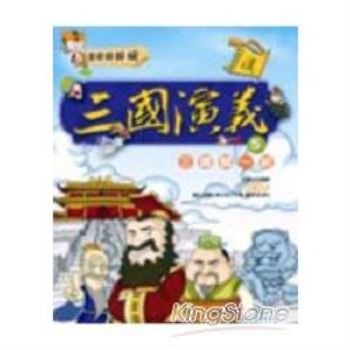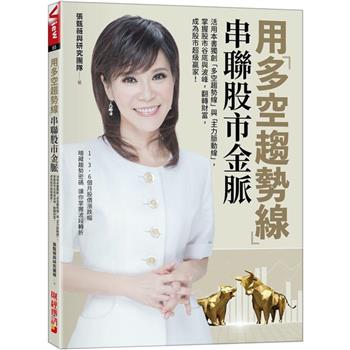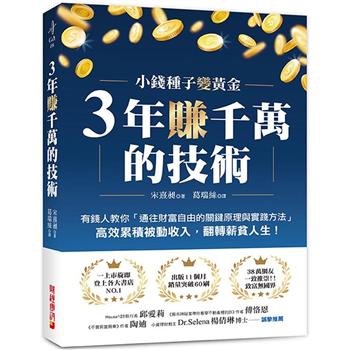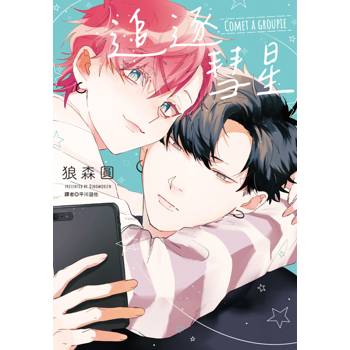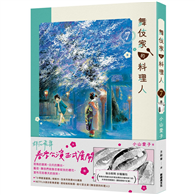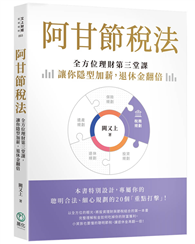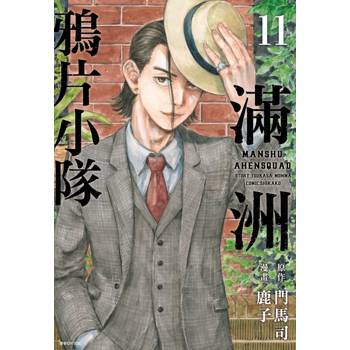Volume one of S ren Kierkegaard’s Either/Or explores the crisis of the modern secular void--with its attendant doubt, ennui, and alienation--from the first-person perspective of an aesthete who, lacking any epistemic or moral foundations, grows increasingly obsessed with what he calls "the interesting." In a close explication of the history of that aesthetic concept and a thorough exegesis of this volume, Kierkegaard’s Concept of the Interesting: The Aesthetic Gulf in Either/Or I explores the aesthete’s views on beauty, opera and music, tragedy and comedy, time, unhappiness, the difference between suffering and pain, boredom, eroticism, deception, and seduction, along with the ways in which these precipitate the ambition for increasingly interesting experiences. In this examination, Anthony Eagan thoroughly reveals Kierkegaard’s own perspective on how an exclusively aesthetic attitude can lead to an ever-more voracious tendency to interpret the world in a private, self-defeating, and unscrupulous fashion--one arising from and ultimately leading to moral solipsism and despair. This book develops a comprehensive understanding of Either/Or I that is crucial for understanding the rest of Kierkegaard’s authorship.
| FindBook |
有 1 項符合
Kierkegaard’s Concept of the Interesting: The Aesthetic Gulf in Either/Or I的圖書 |
 |
Kierkegaard’s Concept of the Interesting: The Aesthetic Gulf in Either/Or I 作者:Eagan 出版社:Lexington Books 出版日期:2024-07-31 語言:英文 規格:精裝 / 252頁 / 普通級/ 初版 |
| 圖書館借閱 |
| 國家圖書館 | 全國圖書書目資訊網 | 國立公共資訊圖書館 | 電子書服務平台 | MetaCat 跨館整合查詢 |
| 臺北市立圖書館 | 新北市立圖書館 | 基隆市公共圖書館 | 桃園市立圖書館 | 新竹縣公共圖書館 |
| 苗栗縣立圖書館 | 臺中市立圖書館 | 彰化縣公共圖書館 | 南投縣文化局 | 雲林縣公共圖書館 |
| 嘉義縣圖書館 | 臺南市立圖書館 | 高雄市立圖書館 | 屏東縣公共圖書館 | 宜蘭縣公共圖書館 |
| 花蓮縣文化局 | 臺東縣文化處 |
|
|
圖書介紹 - 資料來源:博客來 評分:
圖書名稱:Kierkegaard’s Concept of the Interesting: The Aesthetic Gulf in Either/Or I
|

